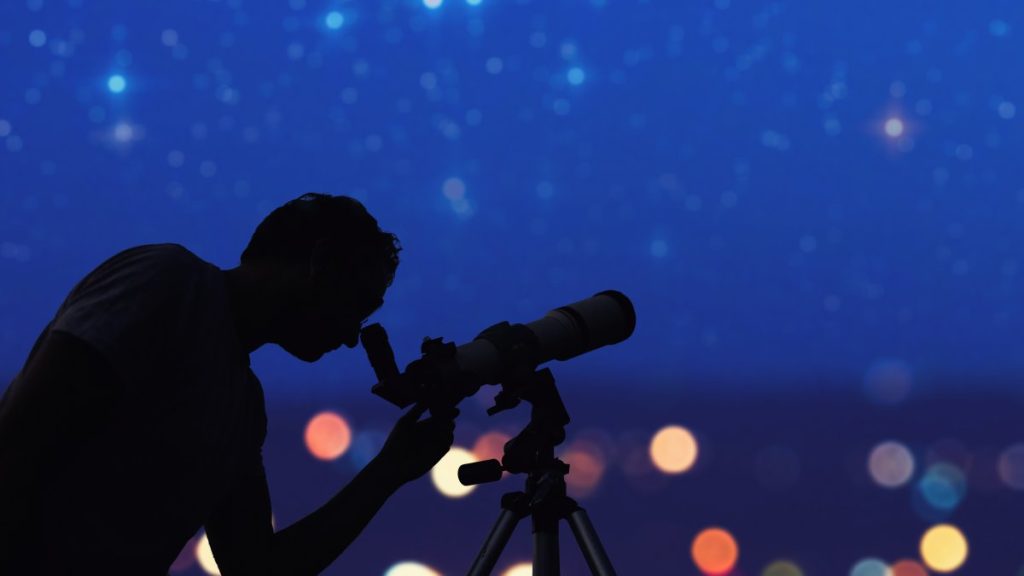Amateur astronomers should now be able to use their telescopes to help find exoplanets around other stars. To this end, the SETI Institute is again working with the French company Unistellar, which produces smart telescopes. From now on, both want to organize regular star-gazing campaigns, in which indicators of possible exoplanets were found using the TESS space telescope. If the instrument cannot make important follow-up observations, people around the world should step in with their own telescopes and check if an expected transit of an exoplanet is actually taking place.
This concept has been confirmed
The possibility of this working for a filter discovered using TESS has been shown, SETI now explains. So TOI 1812 is a star for which the space telescope found three exoplanets, one with a radius three times the diameter of the Earth and an orbital period of 11 Earth days, one with a radius of five times the Earth and an orbit of 43 days and a third. . So, it is about nine Earth radii and TESS observed two eight-hour transits in front of the star. However, this was not enough to determine the orbital period, based on the few data that 71, 87 and 112 days were possible. However, TESS was unable to verify this on any of these dates, which is why Unistellar customers stepped in.
Using their telescopes, 20 people in seven countries collected 27 measurement series for the three time windows. Indeed, transits of the third can be demonstrated and thus the orbit can be determined. This underscores how important amateur work is in confirming exoplanets with particularly long orbital periods. Special exoplanet hunters like TESS monitor entire regions of the sky on a large scale, but for a limited time. In particular, many exoplanets can be found in narrow orbits. Under favorable conditions, such as relatively long transits, people with their own telescopes can now help confirm existing candidates in this way.
The gathering of citizen scientists around the world to help humanity learn about exoplanets at such gigantic distances is simply “fantastic,” says Tom Esposito of Unistellar. The company was founded in 2015 and manufactures internet-connected telescopes that can integrate data. In 2020, slowly decaying comet C/2019 Y4 (ATLAS) can be imaged. Until then, a closer collaboration with the SETI Institute was announced, which is devoted primarily, but not exclusively, to the search for extraterrestrial life. New observation campaigns for potential exoplanets Advertise on a private pageapproval of TOI 1812 d will be presented at the International Astronautical Congress.
Recommended editorial content
External content will be uploaded here with your consent.
An interactive graphic is included in the article, which was created and provided by the Berlin service provider Datawrapper. To protect data in Datawrapper, see their data protection. No personal or personal data is collected from interactive graph readers.
(mo)

“Total coffee aficionado. Travel buff. Music ninja. Bacon nerd. Beeraholic.”







More Stories
Researchers detect extremely high-energy gamma rays
Anxiety disorders in old age increase the risk of dementia
Researchers are particularly fascinated by these exoplanets.